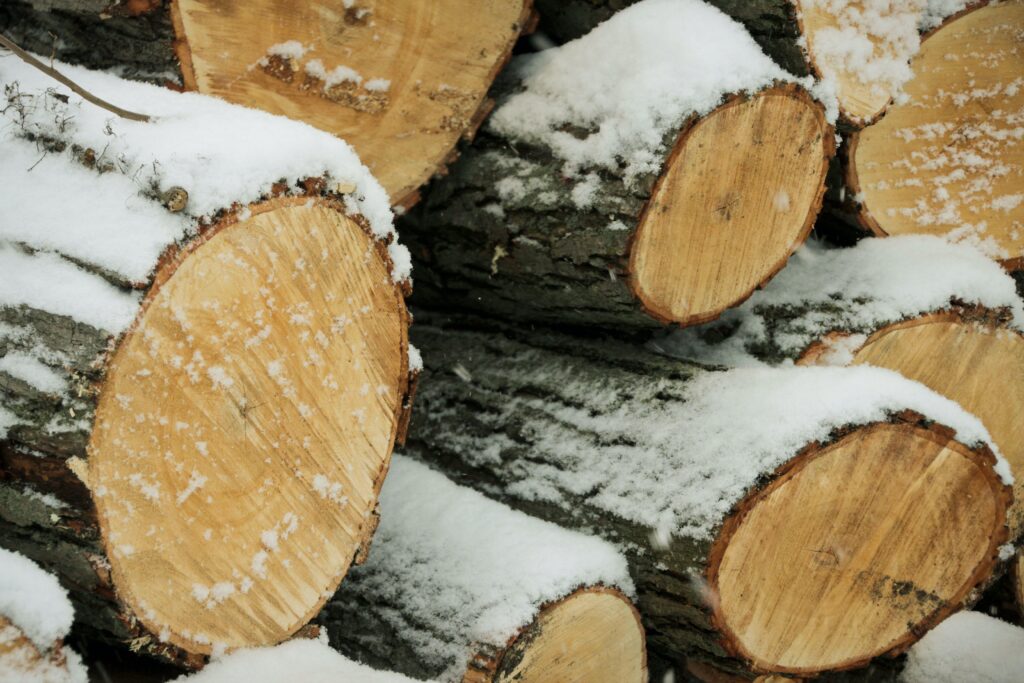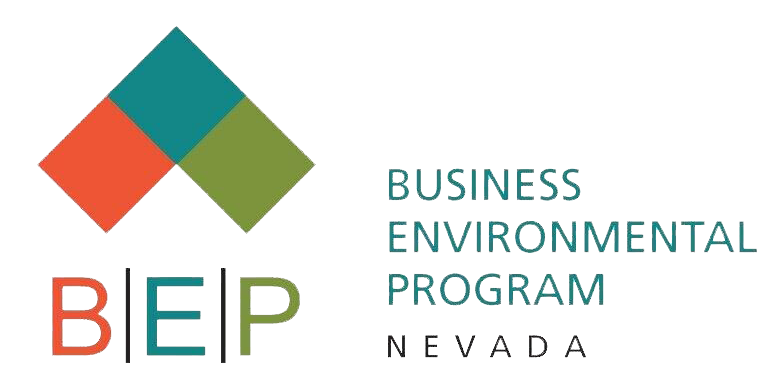
Properly installed, correctly used wood-burning appliances should generate very little smoke. If you regularly see or smell smoke, you may have a problem. Reduce smoke inside and outside your home using the steps. Watch best practices videos from US EPA on YouTube.
Building a Fire
An efficient fire requires good firewood, using the right wood in the right amount, and good fire building technique. Burn only dry, split, well-seasoned wood. Properly seasoned wood is darker, weighs less, and sounds hollow when hit against another piece of wood. Get the best efficiency from your wood stove or fireplace using the following steps:
Step 1: Season wood for at least six months.
Step 2: Store wood outdoors, off the ground, with the top covered.
Wood burns best at a moisture content of less than 20 percent. Test wood with a wood moisture meter before you burn it. Watch the wet wood is a waste video.
Start fires with newspaper, dry kindling, or all natural fire starters, or install a natural gas or propane log lighter in your open fireplace.
Buy and burn locally cut firewood to decrease the risk of transporting invasive forest pests to your property. Watch the how to building a firewood shed video.
Safe Wood-Burning Practices
When using your wood burning appliance, follow these guidelines for safe operation:
- Keep flammable items, like curtains, furniture, newspapers, and books, away from your heating appliance.
- Only use newspaper, dry kindling and all-natural or organic fire starters. Never start a fire with gasoline, kerosene, or charcoal starter.
- Do not burn wet or green (unseasoned) wood.
- Many wax and sawdust logs are made for open hearth fireplaces only. Check your wood stove or fireplace insert operating instructions before using artificial logs.
- If you use manufactured logs, choose those made from 100 percent compressed sawdust.
- Build hot fires. For most appliances, a smoldering fire is not safe or efficient.
- Keep the doors of your wood-burning appliance closed unless loading or stoking the live fire. Harmful chemicals, like carbon monoxide, can be released into your home.
- Regularly remove ashes into a covered, metal container. Store the container outdoors on a nonflammable surface.
- Keep a fire extinguisher handy.
- Check your local air quality forecast before you burn.
What Not to Burn
The following materials can release toxic or harmful chemicals when burned, and may damage your appliance:
- Household trash, including cardboard, plastics, foam and the colored ink on magazines, boxes, and wrappers
- Coated, painted, and pressure-treated wood
- Ocean driftwood, plywood, particle board, or any wood with glue on or in it
- Wet, rotted, diseased, or moldy wood
- Plastic, asbestos, rubber, manure and animal remains
* The above information is shared from the US EPA Burn Wise website
